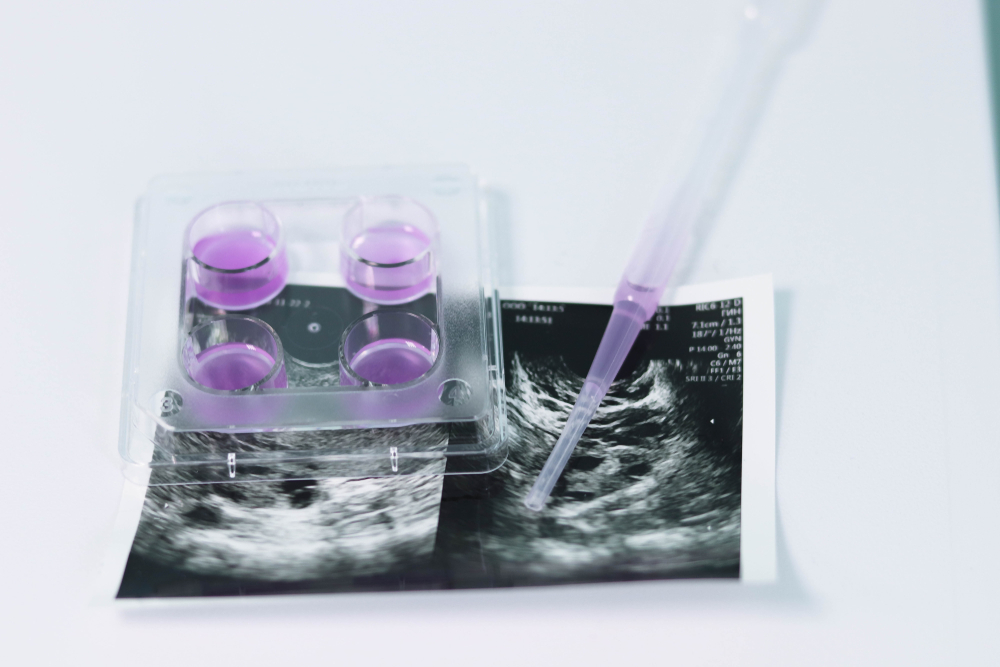The human body is home to trillions of cells, all working together for the sake of you. Many of these cells have a single job, like muscle cells or nerve cells that work hard to carry messages back and forth through the body, while others are adaptable. These adaptable, specialized cell types are known as stem cells.
So, what are stem cells?
Regular cells can be damaged or even destroyed due to injury or disease, and need to be replaced. Stem cells are the ones that do the replacing. This is because stem cells have the ability to become other types of cells as needed, to replace damaged tissues, or even treat disease in the human body.
It’s these cells that regenerative medicine has set its sights.
Now, there are two main types of stem cells that could be used to treat disease or repair damaged tissues. The first are adult stem cells, and the second are known as embryonic. Yes, this does mean that they come from embryos. The fact that stem cells potentially come from embryos can give anyone pause, so you may wonder how are embryonic stem cells obtained. Let’s get straight into it.
What are Embryonic Stem Cells?
Embryonic cells are cells called pluripotent stem cells in medical and scientific circles. They are so important because they can be used to become any of the cells in the human body, from blood to nerves to even tendons. It’s this unique characteristic that makes them so important in the world of regenerative medicine.
However, true embryonic cells are rarely used in treatments despite their importance.
How are Embryonic Stem Cells Obtained?
Embryonic cells are taken from a very early-stage embryo that’s referred to as a blastocyst. This stage occurs four to five after fertilization, and is a little, hollow ball of cells. This blastocyst has two main portions:
- The Trophectoderm – This is the outer layer of cells, and, if left to grow, will become the placenta.
- The Inner Cell Mass – this is what will eventually grow to become an embryo.
How Embryonic Cells are Obtained
As you might have guessed, obtaining embryonic cells typically means the destruction of an embryo, which is why it’s not used except in very minimal circumstances. For example, if a couple who used IVF to help have a baby now has the maximum number of children they wanted, they might decide to donate their unused fertilized eggs for the purpose of furthering regenerative medicine.
Other than that, the only time “embryonic” cells are used is when no real embryos were harmed in the making. This means any embryonic cells you may come across are actually:
Somatic Cell Nuclear Transfer (SCNT)
This method, also known as nuclear transfer, works by creating an unviable embryo. The reason why it’s unviable is because there is only the genetic details from one person – the donor. To do it, an adult cell is taken, its nucleus removed, and then it’s injected into an enucleated egg cell that has also had its nucleus removed. If done right, the egg cell can start the early process of dividing, even though it will never be able to grow further. The cells are then taken for stem cell therapies.
Induced Pluripotent Stem Cells
These are genetically reprogrammed adult cells. The goal is to program cells taken from adult donors back into their embryonic state. If this technology furthers, it will likely be the go-to option for embryonic cells, as it is more technically feasible than SCNT and comes with no ethical dilemma.
Are Embryonic Cells Used in Stem Cell Therapies?
It’s natural to ask what are stem cell injections, and if they use embryonic cells. You’ll be pleased to know that the answer is no: embryonic cells are not used in stem cell therapies. The science isn’t there yet for these types of cells to be widely available, and true embryonic cells are not used for treatment due to ethical violations.
What’s used instead are adult stem cells. In some cases, these cells are acquired from donated umbilical cords. Despite being a part of the birthing process, these cells are considered “adult” cells.
Here at Bioxcellerator, we specifically use stem cells from Wharton’s Jelly. This is a jelly that surrounds the umbilical cord, and it’s chosen specifically because it lacks a specific surface protein. This omission makes it easier for recipient bodies to accept the foreign cells, letting them get to work in the human body.
How are the Stem Cells for Stem Cell Treatment Acquired?
Stem cell treatments only use adult stem cells. These cells are separated from the donor tissue (blood, tissue, Wharton’s jelly, etc.), screened, purified, tested, and finally stored in cryo until treatment.
All these steps are taken to help ensure that the protein that increases the risk of rejection is absent. The cells are even purified to ensure that the cells used in treatment consist only of high-potency cells, chosen specifically for their increased chances of promoting healing, boosting the immune system, or even reducing inflammation.
This emphasis on quality means that the side effects of stem cell therapy is next to nil. It’s also why stem cell therapy cost is what it is.
Interested in Getting Stem Cell Treatment?
It can be a relief to many to know that, despite the fact that stem cells can be sourced from donated umbilical cords, no embryo (or adult, for that matter) is harmed at any stage. If this is what was holding you back from getting the treatment you see as essential for your quality of life, then it’s time to take the first step and get in touch.
If you have any other questions or concerns, just get in touch with one of our teams. We will be happy to answer them, or book a consultation so you can learn for yourself if stem cell therapy is right for you.


